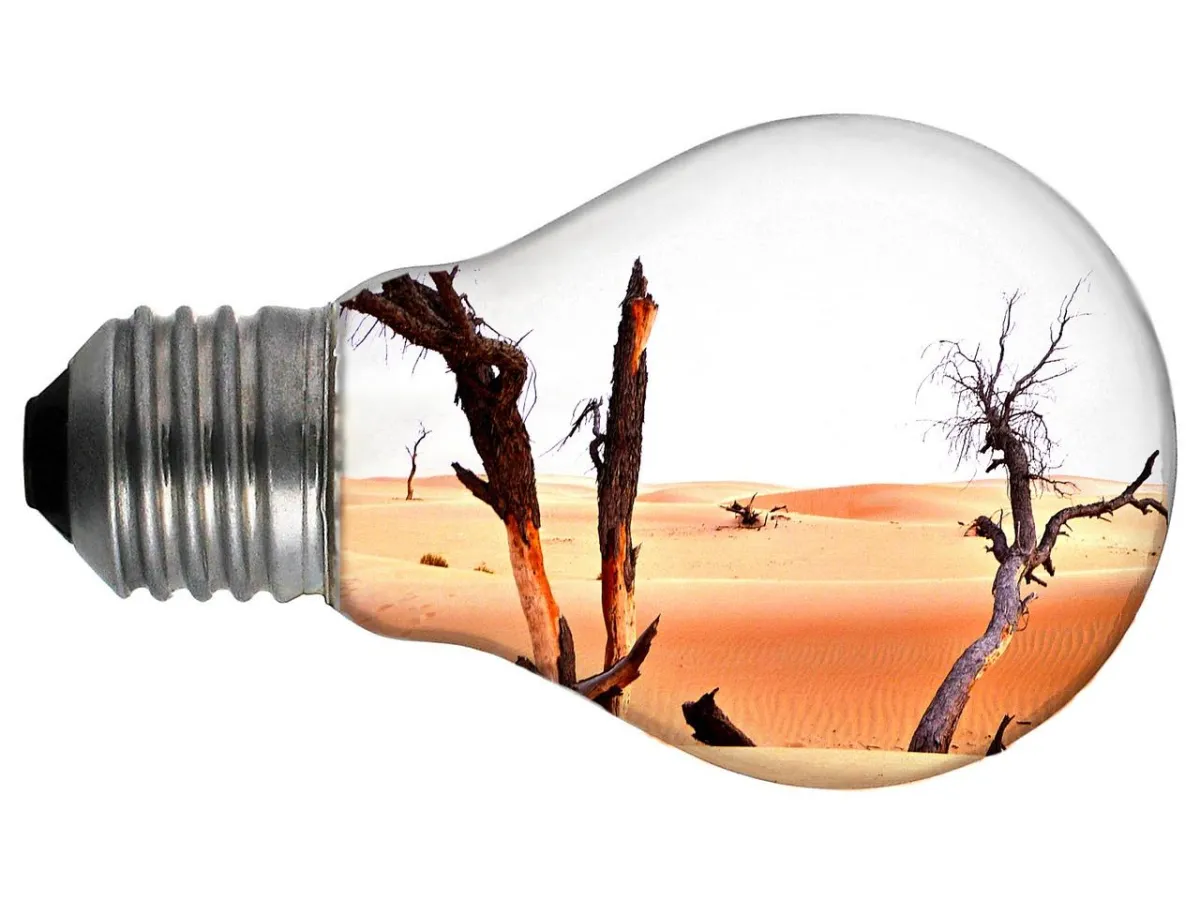Blog

Exploring the Urban Heat Island Effect: Causes and Solutions
Understanding the Urban Heat Island (UHI) Effect: A Growing Concern
Today, I would like to explore the problematic nature of the Urban Heat Island effect. The Urban Heat Island (UHI) effect is a phenomenon where cities experience higher temperatures than their surrounding rural areas. This happens because urban environments, filled with buildings, roads, and other infrastructure, absorb and retain heat more efficiently than natural landscapes. Materials like asphalt and concrete, which are common in cities, soak up heat during the day and release it slowly at night, keeping urban areas warmer around the clock.

Currently, the UHI effect is becoming an increasingly pressing issue. As cities expand and populations grow, more green spaces are replaced with heat-retaining surfaces. This not only leads to hotter urban environments but also contributes to a range of environmental and health problems. Higher temperatures in cities can increase energy consumption as more people rely on air conditioning, worsen air pollution, and strain public health systems by causing heat-related illnesses.
In this blog, I will look deeper into the causes and effects of the UHI effect, exploring how it impacts our environment, our health, and our overall quality of life. I also want to cover potential solutions and actions we can take to mitigate this growing problem. Understanding the UHI effect is crucial for creating sustainable and livable urban spaces.
Let’s start by understanding what the UHI effect is and why it occurs, the various factors contributing to this phenomenon, including the role of pollution, the lack of green spaces, and the extensive use of heat-absorbing materials in urban areas.
We’ll also examine the adverse effects the UHI effect has on the environment and public health, highlighting why it’s a pressing issue that needs immediate attention. Finally, we’ll look at some innovative solutions and strategies that cities and individuals can adopt to combat the UHI effect, helping to create cooler, more sustainable urban environments. Let’s get started on this important journey to better understand and address the challenges posed by urban heat islands.
Causes of the Urban Heat Island (UHI) Effect
Materials
Reduced Vegetation
Human Activities
Pollution
Plastic in the Oceans
Materials
Urban construction materials such as asphalt, concrete, and bricks play a significant role in the UHI effect. These materials have high thermal mass and heat conductivity, meaning they absorb a lot of heat during the day and release it slowly at night. This process keeps urban areas warmer, especially during nighttime, compared to rural areas where natural landscapes like soil and vegetation do not retain as much heat.
Reduced Vegetation
Urban areas often lack sufficient green spaces and trees, which are crucial for cooling through a process called evapotranspiration. Trees and plants release water vapor into the air, providing a cooling effect. Additionally, they offer shade, which reduces the amount of heat absorbed by the ground and buildings. The reduction of vegetation in cities thus limits these natural cooling mechanisms, exacerbating the UHI effect.
Human Activities
The activities within urban areas significantly contribute to the UHI effect. Transportation, industrial processes, and the widespread use of air conditioners and other machinery generate additional heat. The heat emitted from cars, factories, and air conditioning units not only warms the immediate surroundings but also increases the overall temperature of urban environments.
Pollution
Air pollution, including particulate matter and greenhouse gases, exacerbates the UHI effect. Pollutants in the air can trap heat, making it harder for urban areas to cool down, especially at night. This trapped heat increases the overall temperature and reduces the effectiveness of natural cooling mechanisms such as trees and parks.
Plastic in the Oceans
Although plastics in the ocean do not directly cause the UHI effect, their production and disposal processes release greenhouse gases, contributing to global warming. Moreover, plastics break down into microplastics, which can absorb heat. While this is more relevant to marine environments, the overall impact of plastic pollution on climate change indirectly affects the UHI phenomenon by contributing to higher global temperatures.

Effects of the UHI
Increased Energy Consumption
Health Issues
Environmental Impact
Water Quality
Climate Change Feedback Loop
Increased Energy Consumption
Higher temperatures in urban areas lead to increased reliance on air conditioning, significantly raising energy consumption. This heightened demand can overload power grids and increase emissions from power plants, contributing to further air pollution and greenhouse gas emissions.
Health Issues
Elevated temperatures due to the UHI effect can cause heat stress, heatstroke, and other heat-related illnesses. Vulnerable populations, such as the elderly and those with preexisting health conditions, are particularly at risk. Furthermore, higher temperatures can worsen air quality by increasing the formation of ground-level ozone, a harmful pollutant.
Environmental Impact
The UHI effect can alter local weather patterns, potentially increasing the frequency and intensity of storms. It also affects local wildlife by changing habitats and food availability. Increased temperatures can stress urban vegetation, reducing its cooling and air-purifying benefits.
Water Quality
Urban runoff from heated surfaces can increase the temperature of nearby water bodies, negatively impacting aquatic ecosystems. Warmer water holds less oxygen, which can harm fish and other aquatic organisms, leading to a decline in biodiversity.
Climate Change Feedback Loop
The UHI effect contributes to global warming by increasing greenhouse gas emissions from higher energy use and reducing the effectiveness of carbon sinks like urban trees and parks. This creates a feedback loop where increased warming leads to even more warming, exacerbating the overall issue of climate change.

Recommended Solutions to Mitigate the UHI Effect
To effectively combat the Urban Heat Island (UHI) effect, a comprehensive approach is necessary, involving multiple strategies and community engagement. Here are some recommended solutions:
Increase Urban Greenery
One of the most effective ways to mitigate the UHI effect is achieved by planting more trees, creating parks, and developing green roofs and walls. Trees and plants not only provide shade but also cool the air through evapotranspiration, significantly lowering ambient temperatures. Cities like New York and Singapore have successfully implemented urban greening initiatives that serve as models for other urban areas.
Use Reflective Materials
Urban planning and construction can greatly benefit from the use of reflective materials for roofs, pavements, and buildings. Cool roofs, which are designed to reflect more sunlight and absorb less heat, can significantly reduce indoor temperatures and lower energy costs. Similarly, cool pavements can help reduce surface temperatures and improve comfort levels in urban areas.
Implement Smart Urban Design
Smart urban design involves planning cities in a way that maximizes natural cooling and minimizes heat absorption. This includes orienting buildings to take advantage of prevailing winds, designing streets and buildings to create shade, and ensuring adequate ventilation in urban areas. Additionally, incorporating water features like fountains and ponds can help cool the surrounding areas through evaporative cooling.
Promote Sustainable Transportation
Reducing the heat generated by vehicles and other forms of transportation is crucial. Promoting public transportation, cycling, and walking can reduce the number of vehicles on the road, thereby decreasing heat emissions. Additionally, the use of electric vehicles, which produce less heat compared to conventional vehicles, can further help mitigate the UHI effect.
By implementing these and other solutions, cities can effectively combat the UHI effect, creating cooler, healthier, and more sustainable urban environments. Your support and advocacy for these strategies can make a significant impact, helping to ensure that urban areas are better equipped to handle the challenges of rising temperatures and climate change. Together, we can build a future where cities are not just places to live, but thriving, sustainable communities that benefit everyone.

About PhilanthroInvestors
PhilanthroInvestors combines traditional venture capital financing tools with philanthropic principles to achieve social impact. By secure, meaningful, and profitable investments, they bring capital and also change people’s lives.
PhilanthroInvestors are currently working in four sectors – Housing, Water, Health and Environment – and will be adding more investment sectors in the future. PhilanthroInvestors founder Ivan Anz owns companies on three continents and has investors in 14 countries.
Discover how investing with us can secure your future. Get in touch here.
© 2024 l PhilanthroInvestors®
THE CONTENT OF THIS SITE DOES NOT CONSTITUTE AN OFFER TO SELL OR THE SOLICITATION OF AN OFFER TO BUY ANY SECURITIES.





